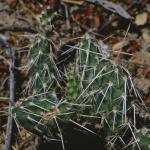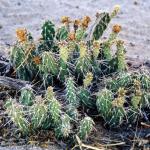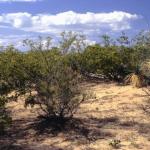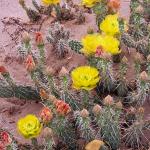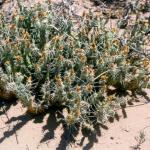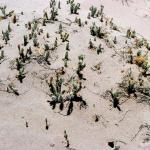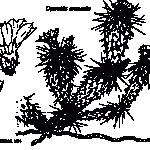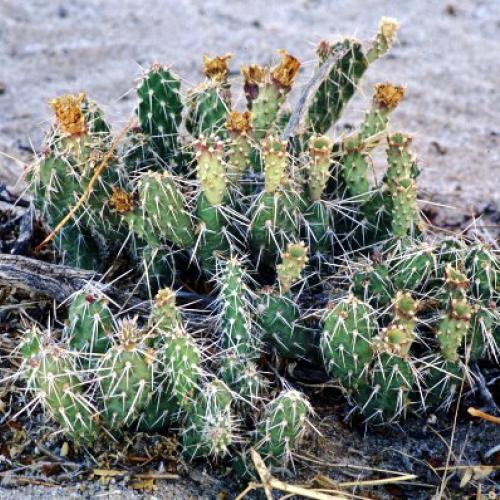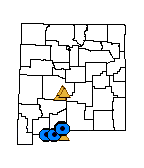Opuntia arenaria (Sand Prickly-Pear)
| USFWS | State of NM | USFS | BLM | Navajo Nation | State Rank | Global Rank | R-E-D Code | NMRPTC Status | Strategy Status |
|---|---|---|---|---|---|---|---|---|---|
| E | SEN | S2 | G2 | 1-2-2 | R | SS |
| Overall Conservation Status | Documented Threats | Actions Needed |
|---|---|---|
| UNDER CONSERVED | Urban and agricultural development, Herbivory, Disease |
Status surveys on abundance, distribution and threats. Collections in Socorro Co. Establish conservation area. Seed banking. |
*New Mexico Native Plants Protection Advisory Committee. 1984. A handbook of rare and endemic plants of New Mexico. University of New Mexico Press, Albuquerque.
*Benson, L. 1982. The cacti of the United States and Canada. Stanford University Press, Stanford, California.
*Benson, L. 1970. The cactaceae. In: C.L. Lundell and collaborators. Flora of Texas 2:221-317. Texas Research Foundation, Renner.
*Weniger, D. 1970. Cacti of the Southwest. University of Texas Press, Austin.
Schulz, E.D. and R. Runyon. 1930. Texas cacti. Texas Academy of Science, San Antonio.
For distribution maps and more information, visit Natural Heritage New Mexico

